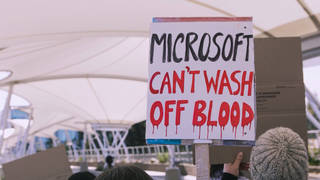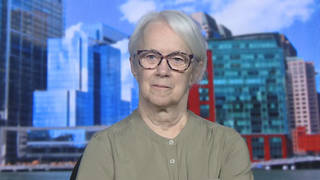
Topics
A month after the twin towers vanished from the Manhattan skyline in blinding clouds of dust, what’s left at groundzero still smokes. Thick plumes rise from the twisted heaps of ruined steel. The fuels, paints, insulating materialsand other substances that made up the World Trade Center towers— may pose long-term health risks when incineratedand released into the air. Add to the mix exploded jet fuel and organic material from the over 5,000 people presumedkilled and you have a gigantic, uncontrolled demolition site, a place whose acrid exhalations can change incomposition by the minute based on the direction of the wind and the depth of the digging. And according to a sharplyworded federal report, hundreds of injuries to workers combing through the rubble at the World Trade Center mighthave been prevented had the city been faster to require proper training and equipment at what is still an “extremelyhazardous” work site.
Although about a third of the rubble has been moved to the Fresh Kills landfill on Staten Island, there are stillthousands of workers at the World Trade Centers site every day—from the operators who run the huge cranes liftingdebris from the site to steelworkers and other laborers on the debris piles, to the police who control the scene, thefirefighters on hand to search for bodies, National Guard troops, federal emergency workers, federal law enforcementpersonnel and volunteers.
The rescue and recovery efforts have taken place in an environment never anticipated by current health and safetystandards. And according to this report, there is no comprehensive safety and health plan on the site. The loss ofalmost the entire emergency management response team of the NY Fire Dept, as well as the fire department’s HAZMATinstructors and technicians has meant there is a serious shortage of HAZMAT personnel.
The National Hazardous Materials Training Program for the International Union of Operating Engineers has been down onthe site every day since September 18, trying to get the guys to wear respirators and change their clothes afterleaving the site to avoid bringing asbestos or other dangerous materials home.
Guests:
- John Moran, engineer and industrial hygienist with the National Institute of Environmental HealthSciences, and author of a report on working conditions at the World Trade Center site.
- Bruce Lippy, industrial hygienist with National Hazardous Materials Training Program for the InternationalUnion of Operating Engineers.
Related links:











Media Options